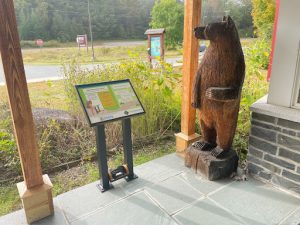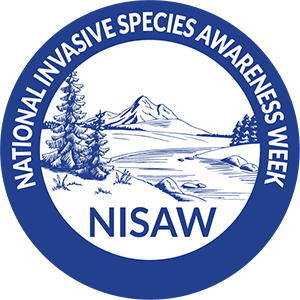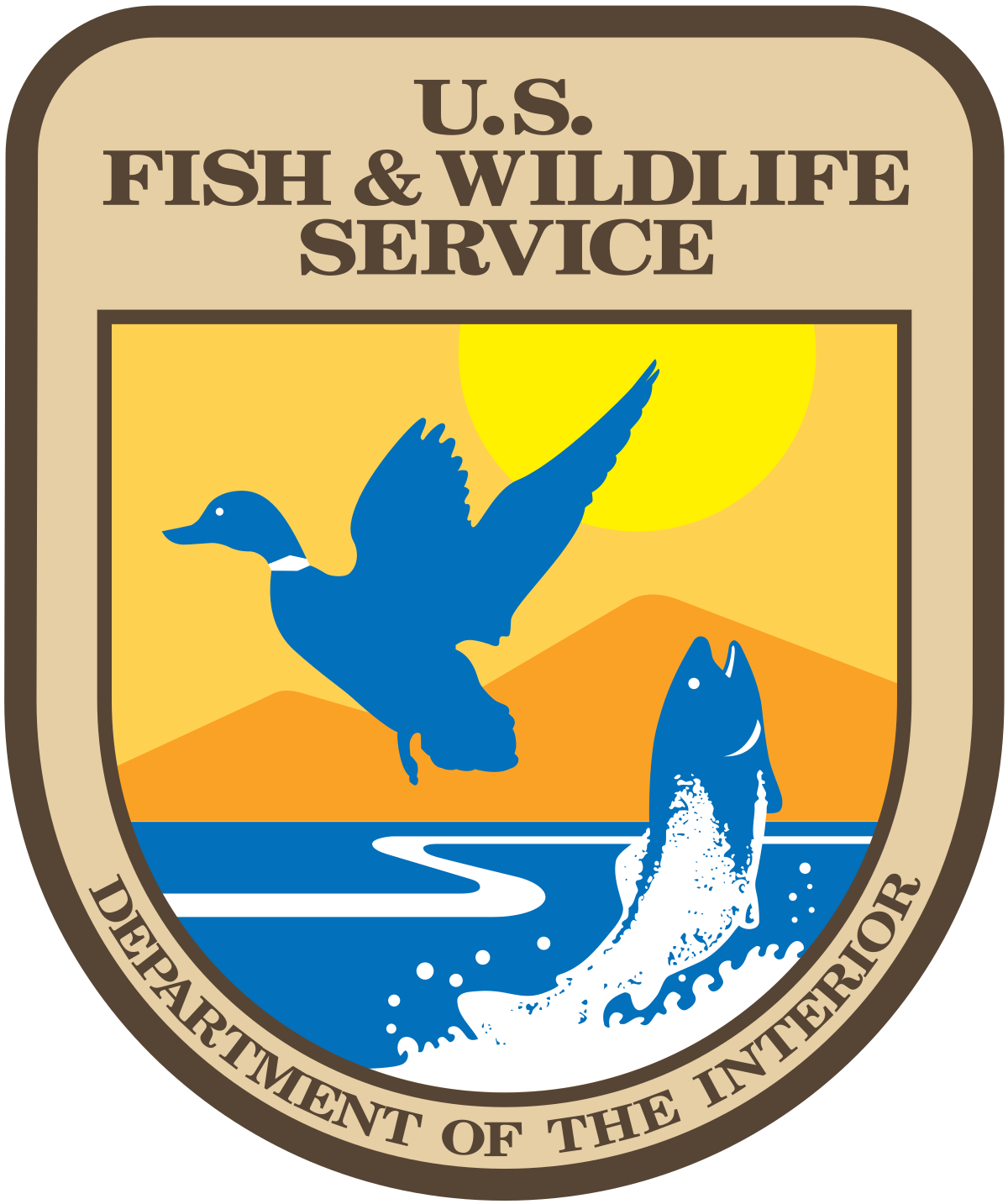As winter comes to a close you may be looking forward to gardening, hoping a weedless lawn will thank you for your efforts. But inevitably, when the snow finally melts, seedlings of your least favorite weeds will begin to pop up in areas that you have treated, pulled, and dead-headed until you were sure they were all gone.
How in the world did these pesky invaders come back?
To understand that, first let’s define a weed. Its most basic definition is “a plant out of place.” But what gives a plant its “weedy characteristics?” One or several of the following:
- Occupy sites disturbed by humans
- Colonize rapidly
- Have multiple dispersal or reproductive mechanisms
- Produce seeds abundantly
- Have long seed viability, meaning the seeds can wait a long time to wait for the right conditions before it takes root and grows
These last two characteristics—abundant seeds and long seed viability—make them extremely hard to control.
Noxious weeds can produce hundreds to thousands of seeds that are viable for decades or longer.
One garden variety offender, oxeye daisy, produces up to 4,000 seeds. Of those, 1% (or 40 seeds) are viable after 30 years. Compare that to a heavy hitters: common mullein. Each plant’s flowers produce over 100,000 seeds that can remain viable for hundreds of years which makes weed control feel like a futile chore.
There are steps you can take to reduce the amount of heartache you experience fighting invasive plants.
First, dispose of them properly. Either cut or burn flowers that have gone to seed, or double bag them and dispose of them at the landfill. Provided the bag doesn’t break, the trapped moisture will cause the seeds to rot.
After weeds are controlled or removed, be sure to replant. Another weedy characteristic mentioned above is that weeds colonize rapidly; leaving a patch of bare earth is a sure-fire way to give invasive plants a home next season. Incorporating seeding into your fall clean-up routine will help prevent the amount of weeds on your property. Be sure to replant natives and buy local seed mixes. Commercial seed mixes bought at national chains may contain plants that aren’t adapted to your climate and won’t do well…or worse, they may contain another invasive species!
It’s worth repeating: re-plant with a variety of native species.
Diverse ecosystems repel invaders with more success than monocultures (a single plant variety). Even if it is smaller than an acre, your property is still an ecosystem. It’s not only fun to think of it as such; it’s the right thing to do by the creatures who might share our yards and benefit from the plants that live there.

Written by Ethan Proud
Ethan is the Archuleta County Weed and Pest Supervisor in Pagosa Springs, Colorado. He is the Land Management Organizations representative on the PlayCleanGo National Advisory Council and serves on the Colorado Weed Managers Association’s education committee. He spends most of his free time outdoors, and finds it much more relaxing when he can enjoy the native ecosystems without seeing raging infestations of noxious weeds.









